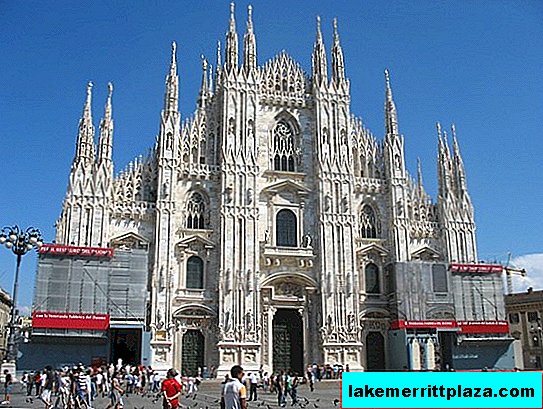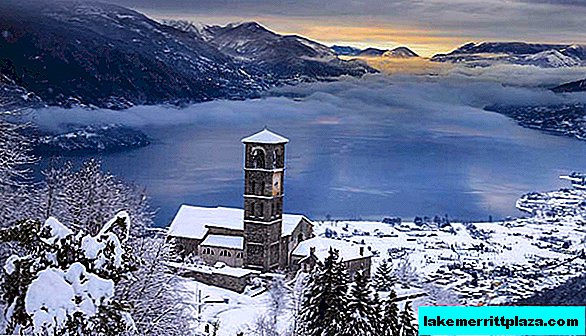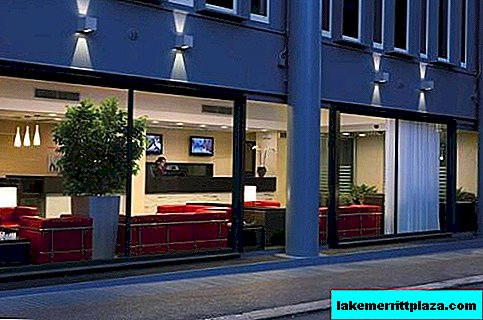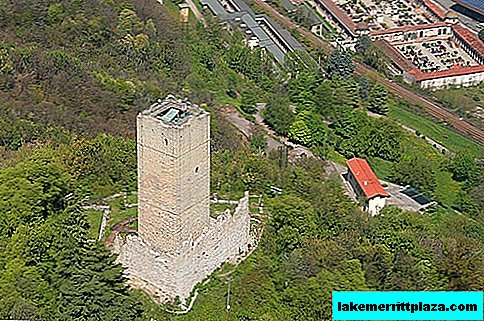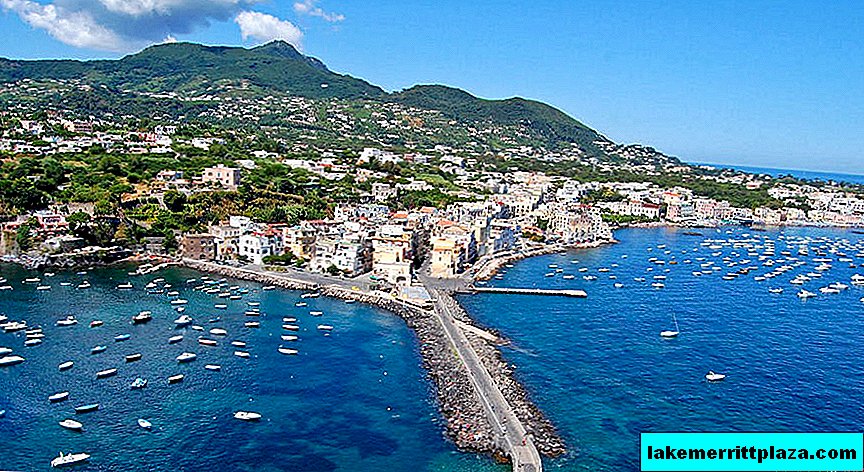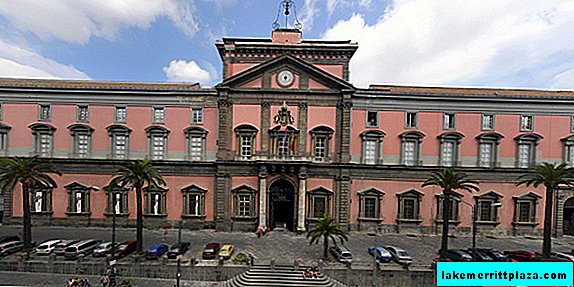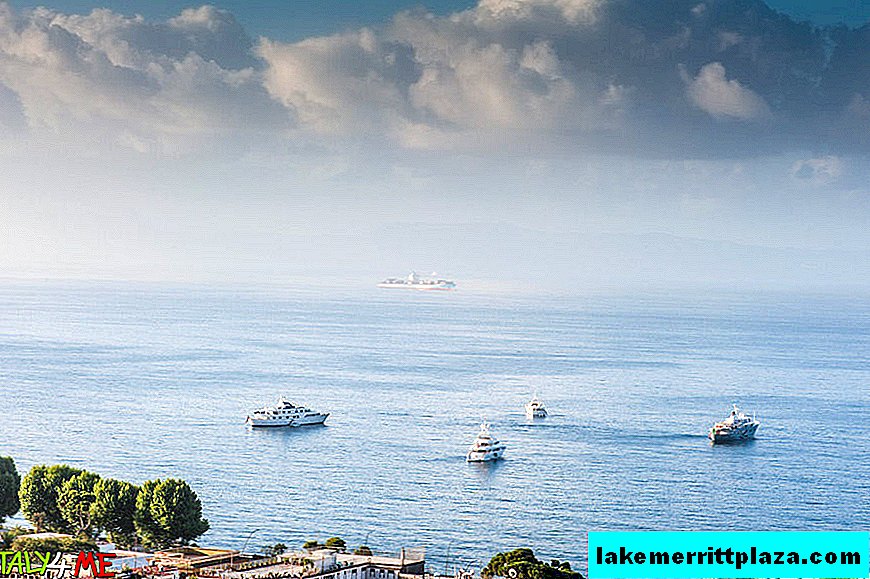Panna cotta is another Italian dessert on sweet tables all over the world. In it, the union of simple and affordable ingredients gives rise to a unique alchemy of the most delicate aromas. Its name translates as "boiled cream", although dessert is served cold. A simple classic recipe for panna cotta made from cream, sugar and gelatin over time was enriched with a variety of components. So every culinary specialist creates his own vision of a dessert with the taste of "dolce vita". Panna Cotta is considered to be the most exquisite dish of Italian cuisine.
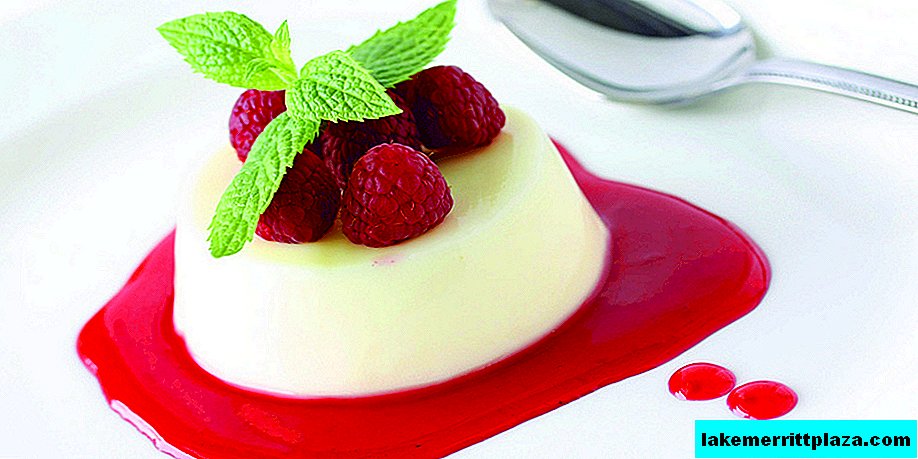
Story
According to official figures, the history of panna cotta is relatively short-lived. According to the official version, she is about 100 years old. But, given the theory of the earliest origin, the dish boasts a three-century life.
The homeland of panna cotta is reliably uncertain. However, in 2001, the northern Italian region of Piedmont (Piemonte) included it in the list of traditional products of the region (PAT). It is believed that dessert was invented at the beginning of the 20th century by a woman of Hungarian descent in Langhe. Although already in the XVIII century in the book "Il cuoco Piemontese" there is a very similar recipe called "white natural cream" (crema bianca al naturale). As a thickener, flour was used instead of gelatin in it.

In the ancient tradition of Lange, there is also the ancestor of panna cotta - bonèt pudding. It consists of eggs, sugar, milk, cocoa and macaroons.
An alternative version claims that panna cotta is the granddaughter of the Sicilian Blanmange (Biancomangiare), which appeared during the Arabs' invasion of Sicily (Sicilia). Some of them moved to the northern part of Italy, where animal husbandry was developing rapidly. This has contributed to the replacement of almond milk with cow and the birth of panna cotta.
Be that as it may, invented in Italy, the dessert recipe went far beyond its borders and became native in many countries.
Classic panna cotta at home
The classic panna cotta recipe is the basis of all the varieties that are now full of world cooking. Knowing the original version, you can easily prepare a dessert that is ideal for you.

The number of ingredients in a classic panna cotta is minimal:
- Gelatin 8 g;
- Cream 500 ml;
- Sugar 50 g;
- Vanilla pod 1 pc.
Kitchen utensils necessary for work:
- A container of suitable volume for heating the liquid;
- Knife;
- Sieve;
- Cups or molds with a volume of 100-150 ml - 5 pcs;
- Dishes for serving - 5 pcs.
Cooking steps
Soak gelatin in cold water. Fluid volume and swelling time should be determined on the packaging of the component. Slice the vanilla pod into several pieces.
When the gelatin swells, pour the cream into the pan, add vanilla and sugar. Bring the mixture to a boil and remove from heat. Immediately pour it on the gelatin, after removing excess liquid from it, and mix everything thoroughly with a whisk.
If the gelatin has not completely dissolved, then put the pan on a slow fire and, stirring, wait for it to dissolve. Never bring the mixture to a boil again.
Strain the mass through a fine sieve and let cool to room temperature. Then pour equally into 5 cups (tins) and refrigerate them for 4-5 hours. After this time, serve the panna cotta, having previously taken out of the forms on the plates. If you used glasses or glasses, then serving in them is quite acceptable.
Recommendations
If the ready-made panna cotta staggers on a plate like a little girl, who shoes mom's high heel shoes, then you did everything right. Never use more than 8 g of gelatin per 500 ml of liquid. The task of the chef is to apply the minimum amount of thickener, while maintaining the necessary consistency and velvety.
Cream should be sufficiently fat - 20-30%. If you are worried about the figure and keep track of the number of calories, then you can replace part of the cream with milk. But it is worth remembering that this will significantly affect the taste of the dessert. Instead of natural vanilla it is quite possible to take a pinch of vanillin.
In order to easily get dessert from the molds, they can be greased with butter before filling.
The best option for alcohol with Panna Cotta is Moscato d'Asti DOCG wine with a rich taste and a long, aromatic finish.
Calorie content
Panna cotta is one of the sweets with a minimal calorie content. 100 g of dessert contains only 223 kcal, and the nutritional value consists of the following components:
- Proteins 1.08 g;
- Carbohydrates 23.38 g;
- Fat 12.33 g.
The use of less fat cream or milk will help reduce the calorie content of a dish.
Raspberry sauce
It’s easy to diversify the classic panna cotta recipe using serving sauces. We want to offer you a vitamin-rich berry option.

Take half a glass of raspberries, strawberries and red currants and put them in a blender bowl. Add 250 g of powdered sugar and the juice of half a lemon. Beat thoroughly until smooth, and pass the sauce through a sieve in order to remove the bones.
It is worth mentioning that the number of components you can use to your taste. For example, if you like raspberries, increasing its number, you can quite pick other berries. You may also add sugar to taste.
For serving, you can pour a little sauce on plates and put panna cotta on it. The second option: pour the dessert, garnishing with whole berries.
Varieties
The panna cotta recipe is incredibly versatile. It can be prepared by satisfying the most demanding preferences.
Cream is scented not only with vanilla. Cocoa, coffee, cinnamon and even rum are often used. Especially exquisite are considered options with mint and lavender. Fruits and berries are also added to the cream. Sour fruits should be avoided to prevent protein folding.
Instead of cream, not only milk is used, but also dairy products (sour cream, yoghurts). Sauces for panna cotta are extremely diverse: caramel, raspberry, citrus, chocolate, coffee or any to your individual taste.
Currently there is a variation of panna cotta without gelatin. It is replaced with egg whites. After cooling the creamy mixture, slightly beaten egg whites are added to it. The disadvantage of this option is that the new component does not undergo heat treatment. This can cause salmonellosis.
Similar desserts

As you know, all the cuisines of the world are interconnected. So panna cotta has relatives outside northern Italy. Among them, the most famous can be noted:
- Bavarian Cream (Bavarese) - French creamy dessert, in which a gelatin or fish glue (a substance obtained from dried swimming bubbles of fish) is used as a thickener;
- Blancmange - A Sicilian dish of milk or cream with sugar, condensed with gelatin, starch or carrageenan, often seasoned with almonds;
- Custard (Crema pasticciera) - English milk and creamy sweet with chicken yolks. It is thickened with cornmeal. As a rule, they eat it without getting out of shape.
All these are famous desserts, but not one of them can boast such wide fame and popular love as Italian panna cotta.
The review of “boiled cream” has come to an end. We hope that the recipe for the classic panna cotta will take its place among the sweet dishes of your culinary piggy bank. Italian cuisine is so unique that it not only attracts to the stove for culinary feats, but also is an excellent argument in favor of a holiday in Italy. Live together, love boldly, travel lightly and remember: "Don’t open your mouth to someone else’s honey, better your panna cotta with sauce of fields!"

